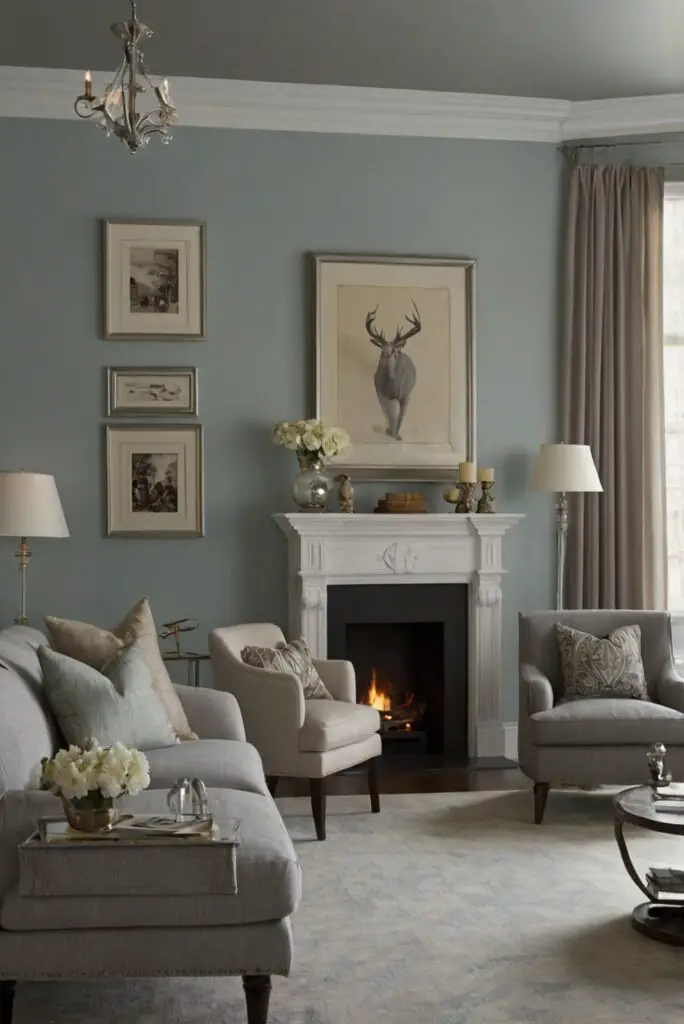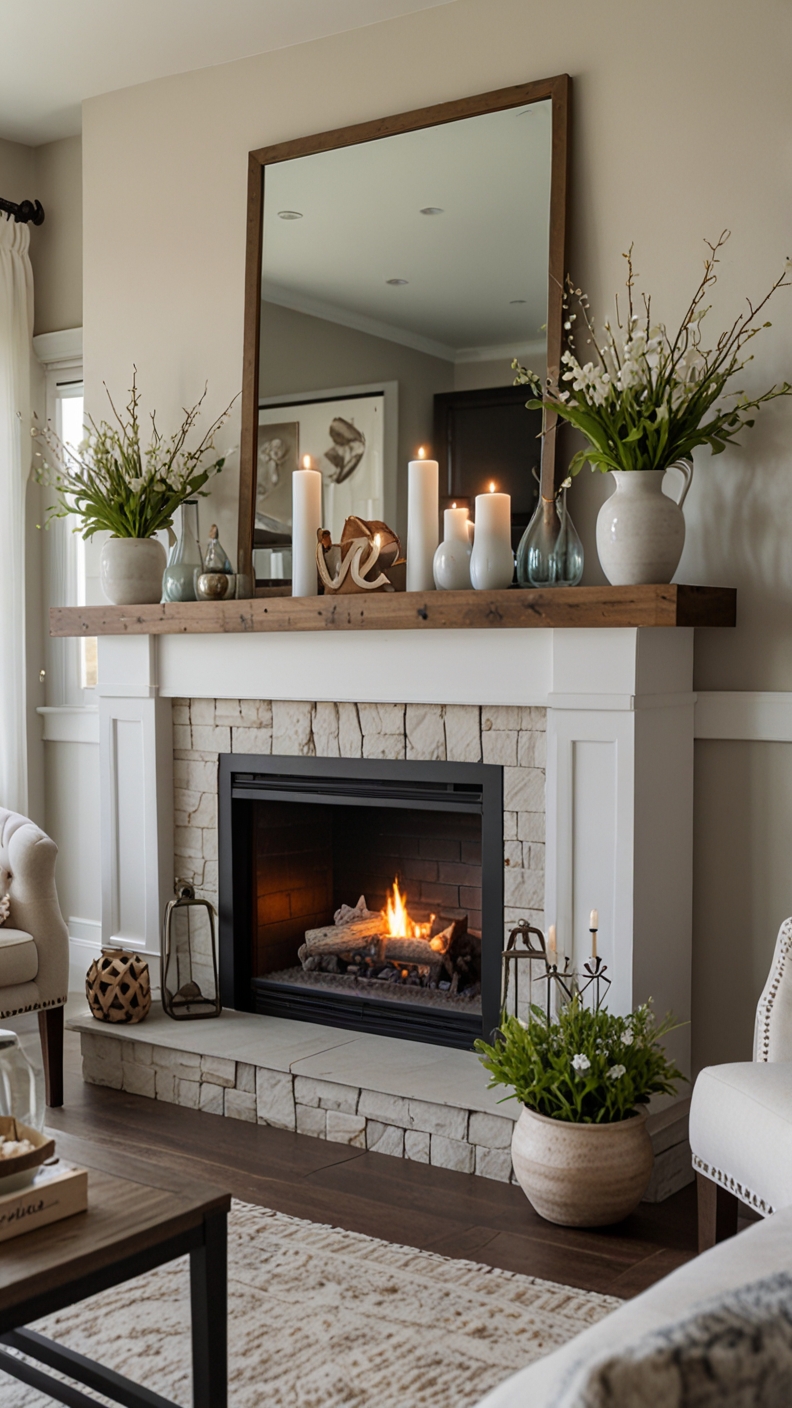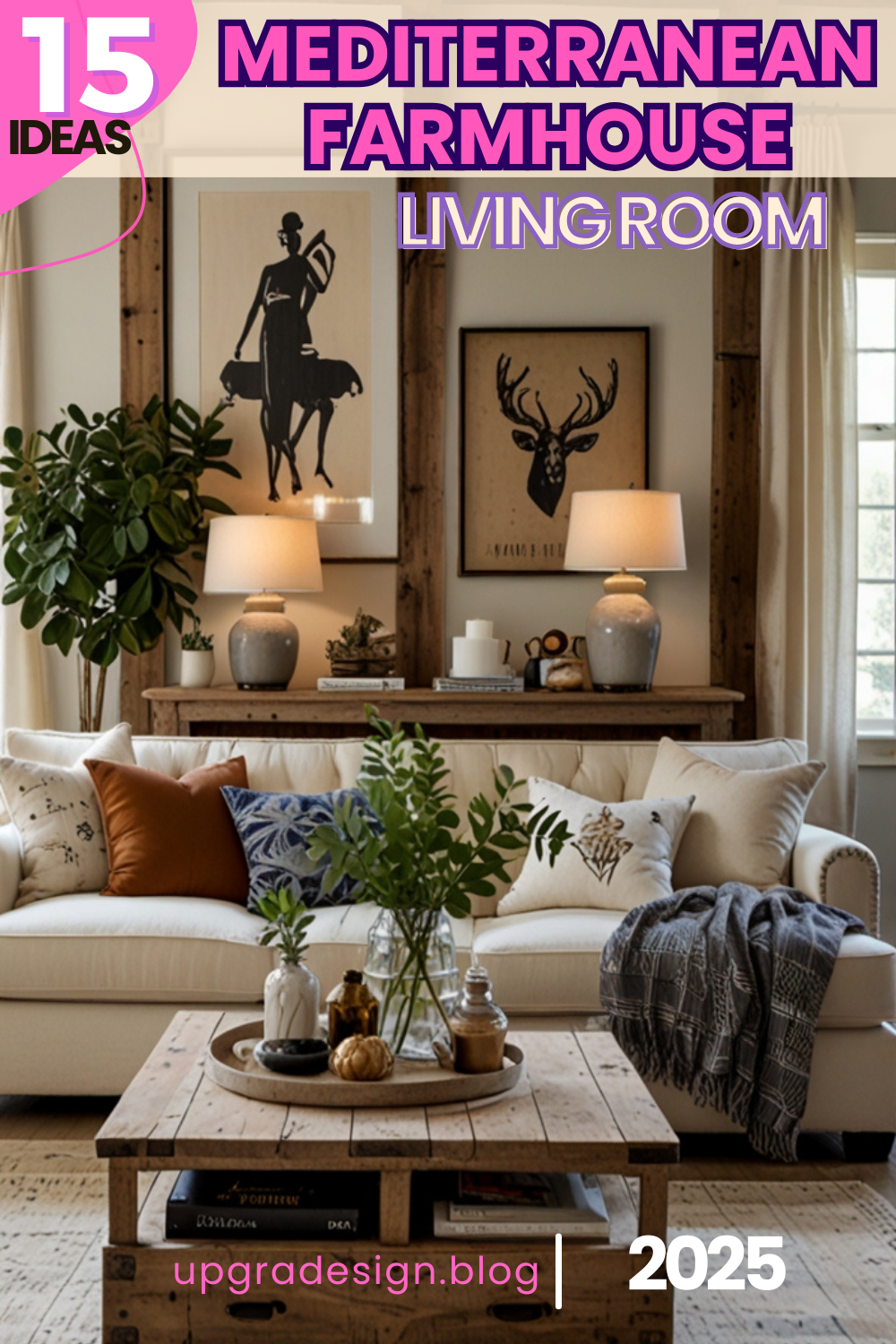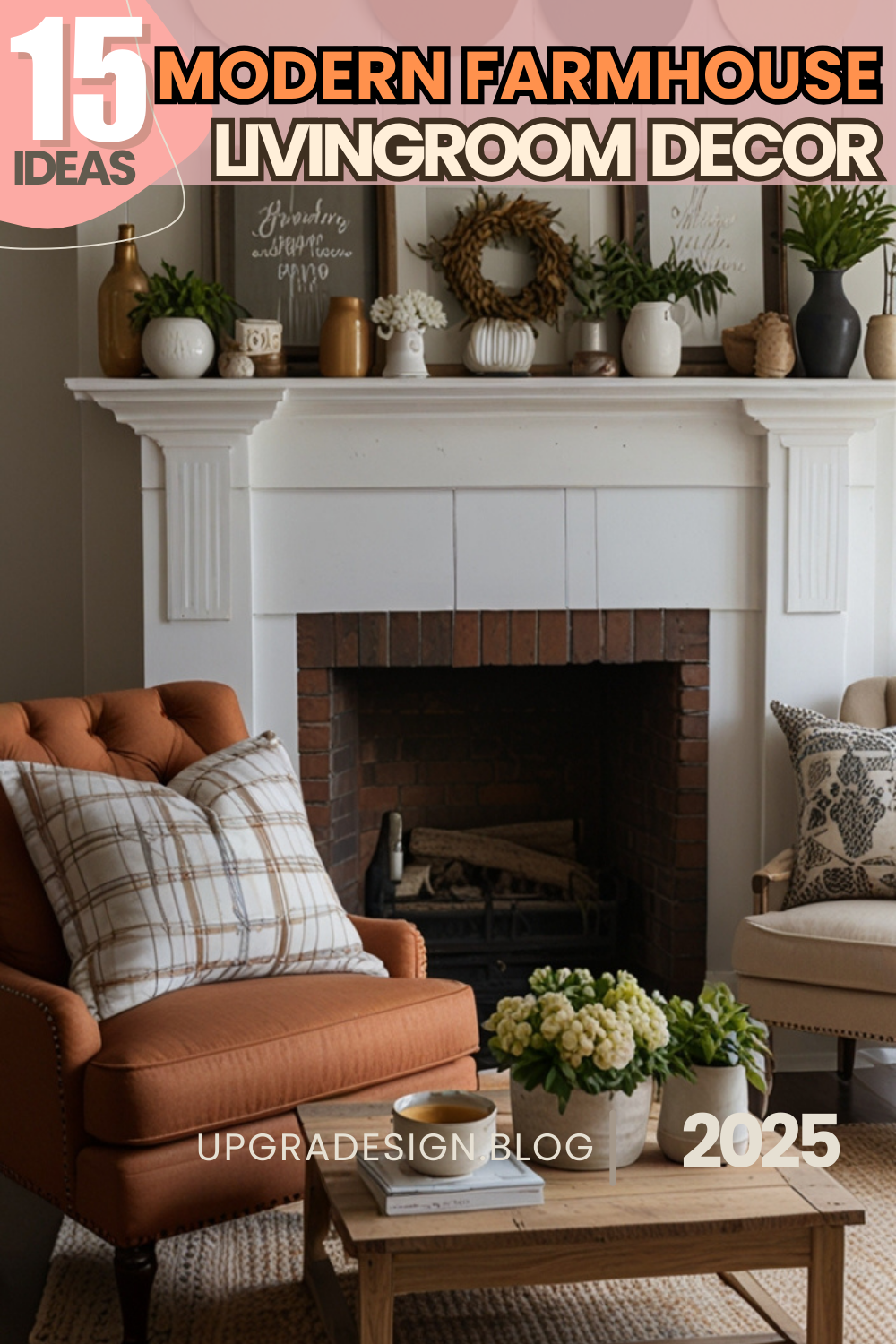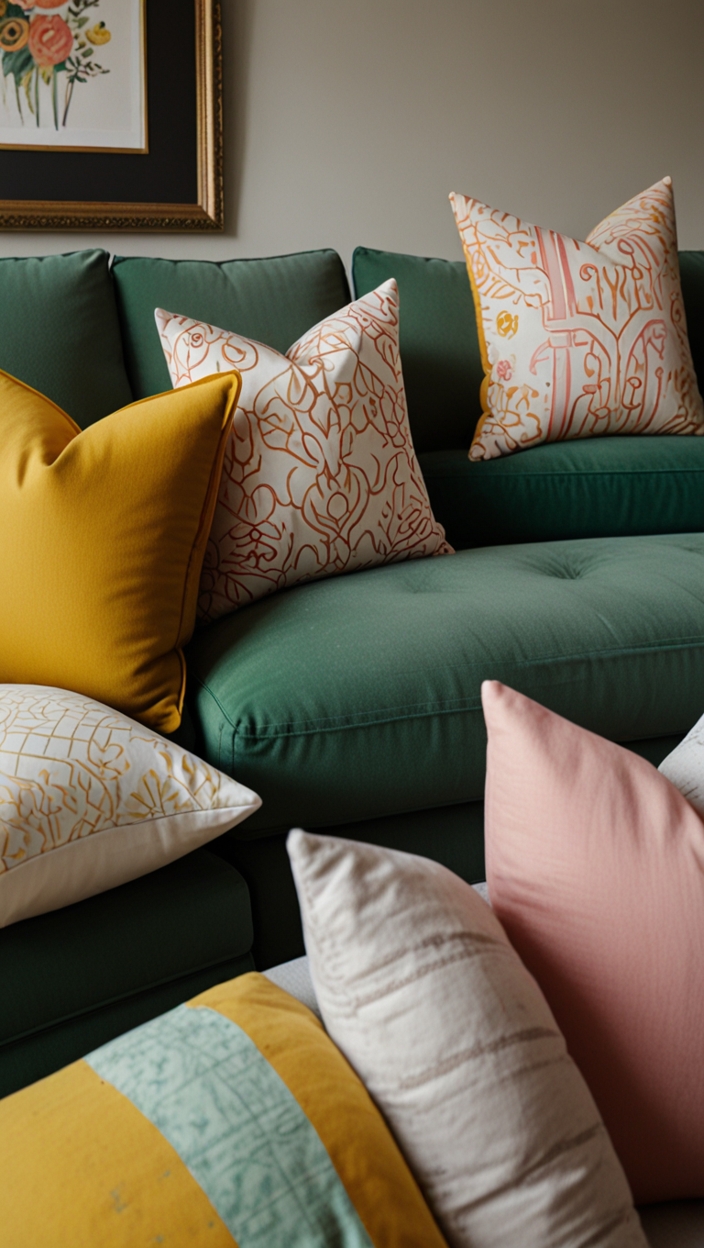Unveil how a muted color scheme adds a subtle yet elegant touch to your living room design. Elevate your space with these daily interior designer routines and decor tips.
**How to Use a Muted Color Scheme to Achieve a Subtle and Elegant Living Room Design?**
Incorporating a muted color scheme into your living room design can create a tranquil and sophisticated space. Start by selecting a soft palette of colors like muted blues, greens, grays, or earth tones. Introduce these colors through walls, furniture, rugs, and accessories for a cohesive look. Consider layering different shades of the same color to add depth and interest. Use textures like linen, velvet, or wood to enhance the subtle vibe. Lighting is crucial in highlighting the muted tones, so opt for soft, warm lighting fixtures. Remember to balance the colors to avoid a monotonous look. This approach to home decorating will result in a calming and elegant living room interior design.
What is a muted color scheme and how can it contribute to a subtle and elegant living room design?
My Lovely Spring Paint for 2025
Ready for a Spring Makeover? Explore the Freshest 2025 Paint Trends!
White Sage/Green SW Pistachio green Soft blue Honeysweet/Orange Pink Sugar Sage Tint BMAs an Amazon Associate, I may earn a commission from qualifying purchases at no extra cost to you.
A muted color scheme involves using colors that are softened or toned down, often by adding grey or black to the base color. These colors are understated and subtle, creating a calming and sophisticated atmosphere in a living room. Muted colors include soft pastels, earth tones, and shades with low saturation. By incorporating muted colors into your living room design, you can achieve a timeless and elegant look that exudes sophistication and refinement. These colors have a soothing quality that can help create a relaxing and inviting space for lounging and entertaining.
Can I incorporate pops of color in a muted color scheme for my living room?
Yes, you can certainly incorporate pops of color in a muted color scheme to add visual interest and personality to your living room design. While the overall color palette may be subdued, adding vibrant accents in the form of accessories, artwork, or furniture pieces can create a striking contrast and focal points in the room. Consider using bold hues like navy blue, emerald green, or mustard yellow to inject energy and character into the space without overpowering the muted tones. By carefully selecting where to incorporate these pops of color, you can create a balanced and cohesive look that enhances the overall design.
How can I choose the right muted colors for my living room design?
When choosing muted colors for your living room, consider the existing elements in the space, such as furniture, flooring, and architectural features. Look for colors that complement these elements and create a harmonious palette that ties everything together. Consider the mood you want to create in the room – cool tones like soft blues and greens can evoke a sense of tranquility, while warm neutrals like beige and taupe can create a cozy and inviting atmosphere. Test paint swatches or fabric samples in the space to see how the colors interact with the lighting and other elements before making a final decision.
What are the benefits of using a muted color scheme in a living room?
My fAV Spring DECOR for 2025
Discover Spring’s Best 2025 Decor Combinations – Perfect for Any Room!
Oversized Indoor Plants White Curved Sofas Rugs BOH Brown Cream Moroccan Hype Boho Rug Outdoor Patio Furniture Sets Topfinel Pillow CoversAs an Amazon Associate, I may earn a commission from qualifying purchases at no extra cost to you.
Using a muted color scheme in a living room offers several benefits. Muted colors are versatile and can work well with various design styles, from contemporary to traditional, making them a timeless choice for any home. These colors create a sense of unity and cohesion in the space, helping to tie together different elements and create a harmonious flow. Muted colors also have a calming effect, promoting relaxation and serenity, which is ideal for a living room where you want to unwind and spend time with family and friends. Additionally, muted colors are less likely to go out of style, ensuring that your living room design remains relevant and sophisticated for years to come.
How can I create a cohesive look with a muted color scheme in my living room?
To create a cohesive look with a muted color scheme in your living room, start by selecting a base color that will serve as the foundation for the palette. This color should be a neutral or muted tone that will tie together the other colors in the room. Choose two or three additional colors that complement the base color and vary in intensity to create contrast and visual interest. Distribute these colors throughout the room using furniture, textiles, and accessories to create a balanced and harmonious design. Consider the proportions of each color and how they interact with the lighting in the space to ensure a cohesive look.
Are there any risks associated with using muted colors in a living room design?
While muted colors can contribute to a subtle and elegant living room design, there are some risks to be aware of. One potential risk is that the space may become too monochromatic or flat if there isn’t enough contrast or variation in the color palette. To avoid this, incorporate different textures, patterns, or finishes to add depth and dimension to the room. Another risk is that the muted colors may appear dull or lifeless if not paired with the right lighting. Make sure to consider natural and artificial lighting sources in the room to enhance the colors and create a warm and inviting ambiance.
How can I maintain a sense of balance and warmth in a living room with a muted color scheme?
To maintain a sense of balance and warmth in a living room with a muted color scheme, pay attention to the mix of colors, textures, and finishes in the space. Balance light and dark tones to create contrast and visual impact, ensuring that the room doesn’t feel too heavy or too light. Incorporate warm accents like wood elements, soft textiles, and metallic finishes to add richness and depth to the design. Consider the placement of furniture and accessories to create a harmonious layout that encourages conversation and relaxation. By layering different elements and incorporating cozy touches, you can create a welcoming and inviting living room that exudes warmth and comfort.

